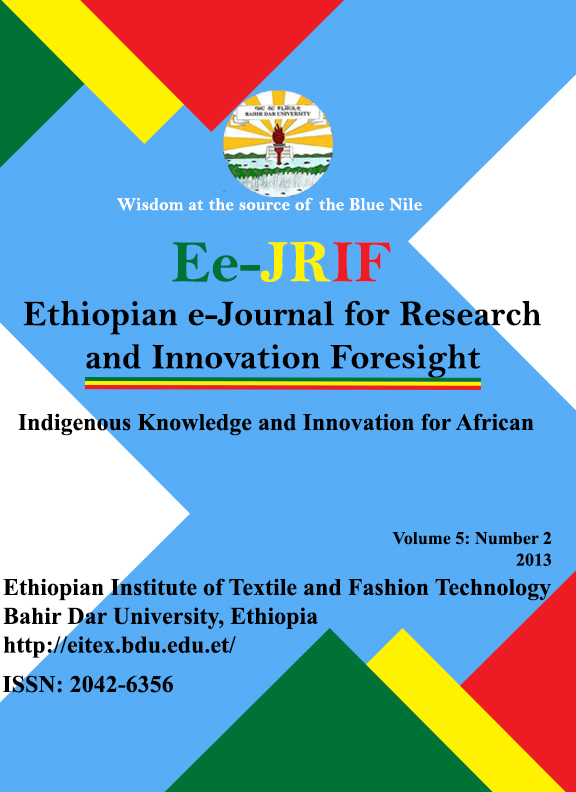Assessment of Farmers’ Criteria for Common Bean Variety Selection
Keywords:
Common bean, PVS, selection criteria, qualitative traits
Abstract
Participatory variety selection (PVS) trials were conducted in 2004 and 2005 in Umbullo watershed of Sidama zone in the Southern region of Ethiopia to evaluate the performance of common bean (Phaseolus vulgaris L.) varieties and to assess farmers’ criteria for bean variety selection, and thereby identify the most important farmers’ criteria for future bean improvement work in the region. Six varieties including the local check were used for the study. Mother and baby design was employed and the trials were replicated over farmers. Yield data was subjected to analysis of variance and there was no significant difference among the varieties. But the farmers’ selection criteria were beyond yield and most farmers gave priority for qualitative traits. Accordingly, they ranked the criteria as seed color, earliness, drought tolerance, disease resistance, marketability, yield, pod load, insect pest resistance, seed size, shattering tolerance, vigorousity, growth habit (erect), pod length, first pod height from the ground, taste and cooking time. Almost all farmers in the study area preferred Ibado as a number one variety due to its seed color (red speckled), seed size (large), demand in the market (high), early maturity (<90 days) and relatively good yield (>2 tones/ha). The local variety was ranked second due to its seed color (light red), marketability and taste. Therefore, our future bean improvement program should target at developing varieties that fulfill farmers’ preferences especially for home consumption and local market.
Published
2019-10-23
Section
Papers
Copyright (c) 2019 Fekadu Gurmu

This work is licensed under a Creative Commons Attribution-NonCommercial 4.0 International License.

